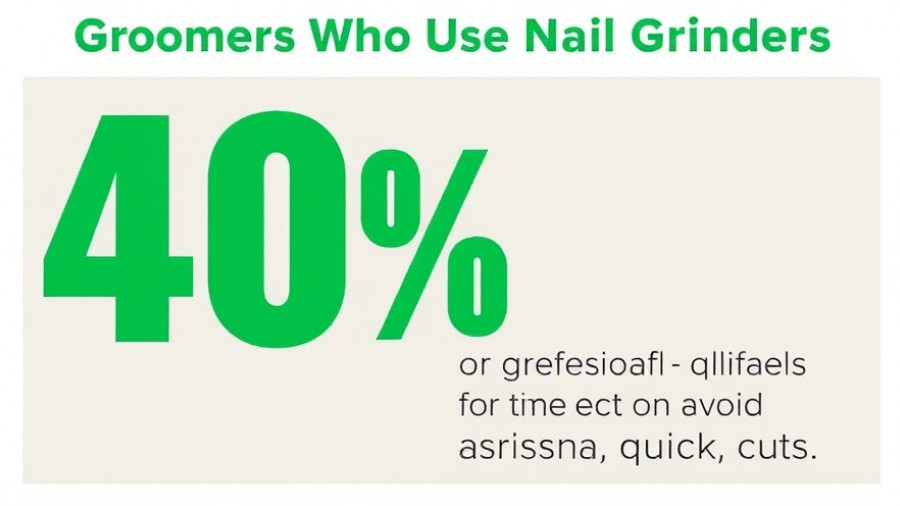
Ensuring Your Dog's Safety On the Road
When it comes to traveling with our beloved pets, safety should always come first. Car accidents involving pets injure over 100,000 animals annually in the United States alone. With startling statistics revealing that an unrestrained 60-pound dog can become a 2,700-pound projectile during a crash, the need for proper travel precautions for dogs is both a necessity and a legal responsibility for pet owners.
Understanding the Risks
Many pet owners underestimate the dangers of unrestrained pets in moving vehicles. Not only can an unrestrained dog become a hazard to itself, but it can also pose a serious threat to human passengers. As highway safety statistics show, pets left unrestrained in cars are prone to severe injuries or even fatalities in case of an accident.
Investing in Quality Dog Car Safety Equipment
To mitigate risks, investing in quality dog car safety equipment is crucial. Dog harnesses designed specifically for car travel have been crash-tested and are proven to offer better protection than standard pet store options, which have been known to fail catastrophically. Notable harnesses that have passed rigorous crash tests include the SleepyPod Clickit Sport Harness, Kurgo Enhanced Strength Tru-Fit Harness, and ZuGoPet Rocketeer Pack. While these harnesses come with a price tag ranging from $75 to $150, they can prevent injuries that could lead to thousands of dollars in veterinary expenses, making them a worthwhile investment for any pet owner.
The Role of Travel Crates and Barriers
For those looking for maximum protection, hard-sided travel crates provide a safe option for transporting dogs in cars. Unlike soft carriers, which can collapse during an impact, these crates must be secured correctly to ensure they do not move during sudden stops. It’s essential to choose crates based on the dog's size—plastic airline-approved crates are suitable for dogs under 50 pounds, while larger dogs may require specially designed automotive crates.
Moreover, car barriers can effectively keep dogs in designated safe zones within the vehicle. Adjustable metal barriers are recommended for their ability to prevent access to front seats—where airbags can pose serious threats. Mesh barriers may work well for calm dogs but are not reliable for anxious pets; therefore, stronger alternatives are needed for larger dogs in case of an emergency.
Preparation and Training Are Key
Before hitting the road, proper preparation and training are vital. Getting your dog used to the car environment can help minimize anxiety and create a positive association. Routine short trips can be beneficial, allowing your furry companion to acclimate to the car setting, making the actual trips much more manageable.
Moreover, having emergency plans in place, such as knowing the nearest veterinarians and understanding first aid for pets, can prepare you for any unforeseen circumstances that arise while traveling. Ensuring your dog is comfortable and secure can not only protect your pet but also provide peace of mind while driving.
Final Thoughts on Traveling with Pets
As pet owners, we have a responsibility to ensure the safety of our furry friends, especially during car rides. By investing in quality safety equipment and establishing safe travel habits, we can significantly minimize risks associated with traveling with dogs. In addition, staying informed on best practices for pet travel will help make every journey a safe and enjoyable experience for both you and your pet.
Ready to Hit the Road Safely?
With the right knowledge and preparation, traveling with your dog can be a joy rather than a worry. Ensure your furry companion's safety by adopting these car travel tips, and enjoy your time on the road together.
 Add Row
Add Row  Add
Add 




Write A Comment